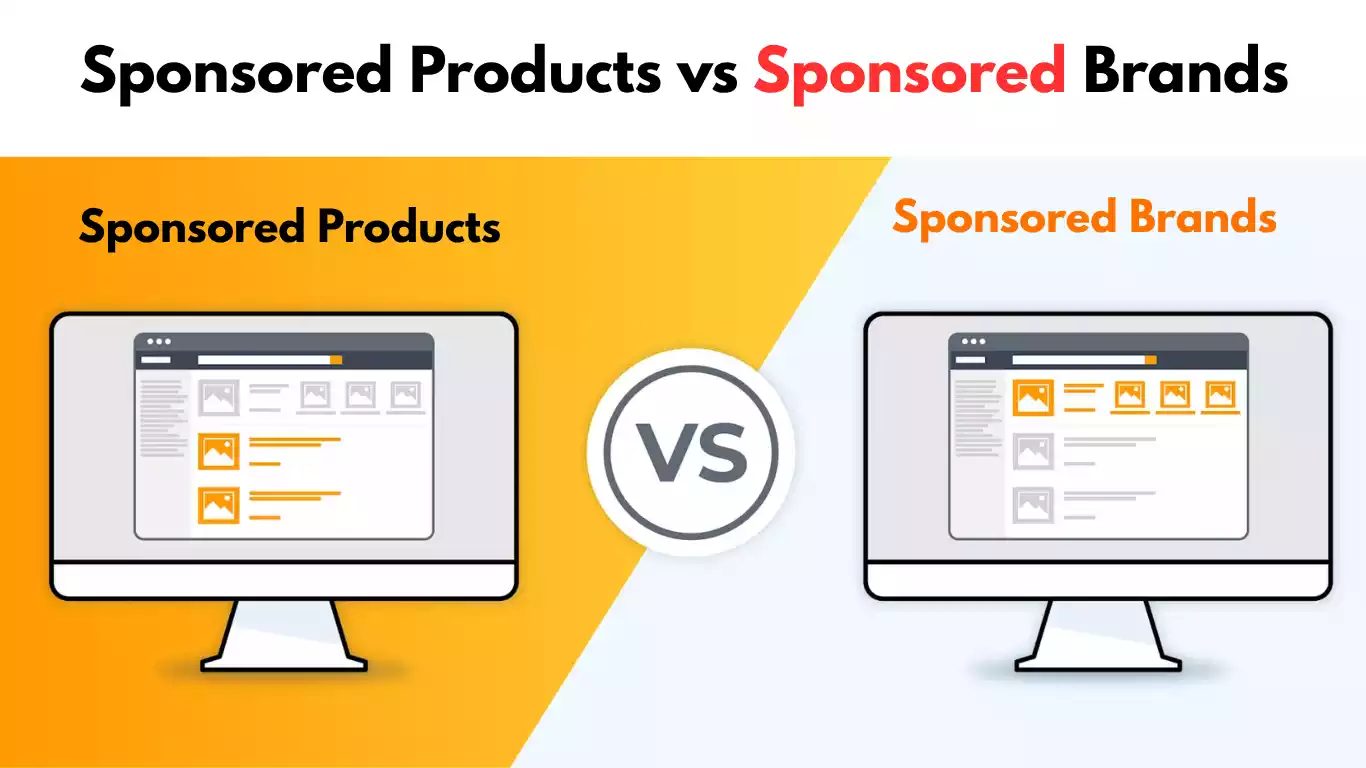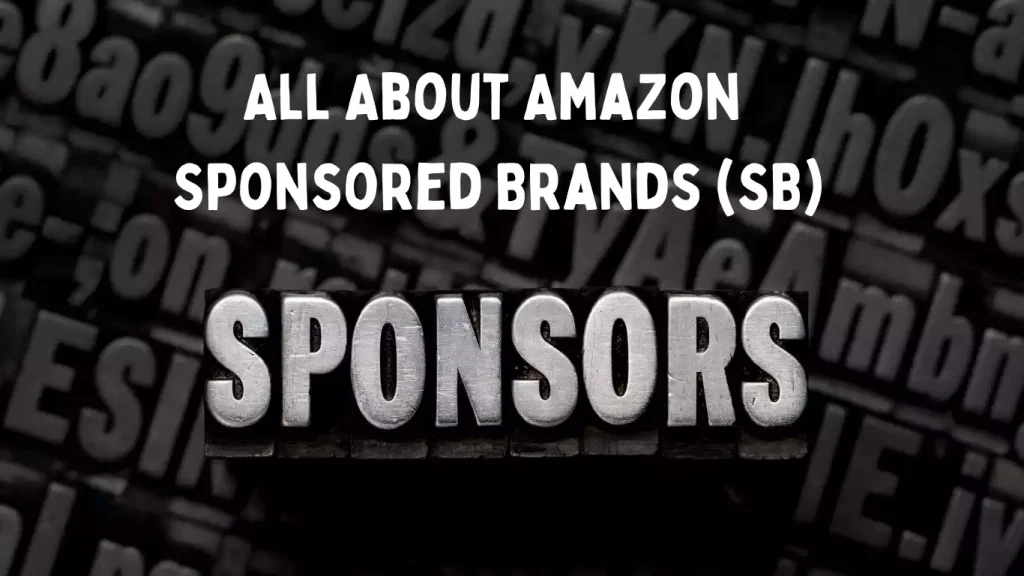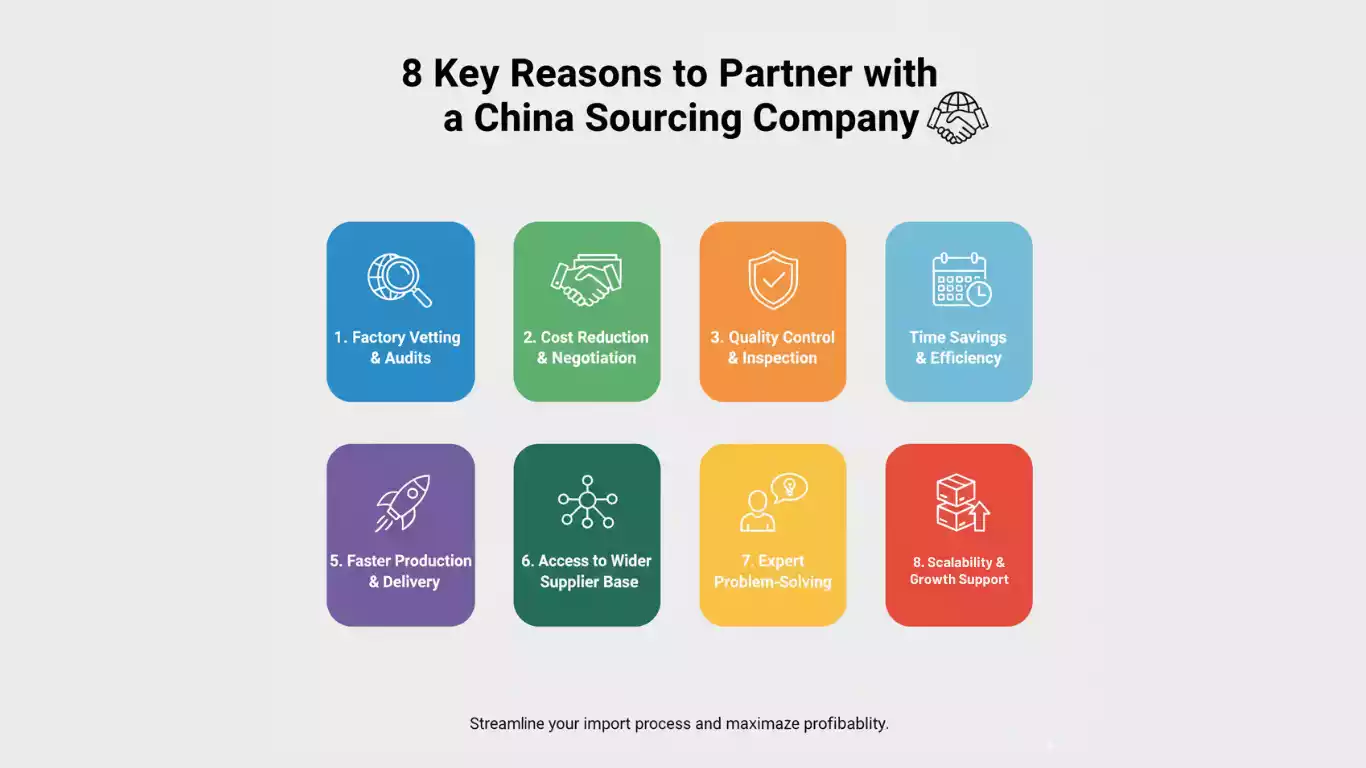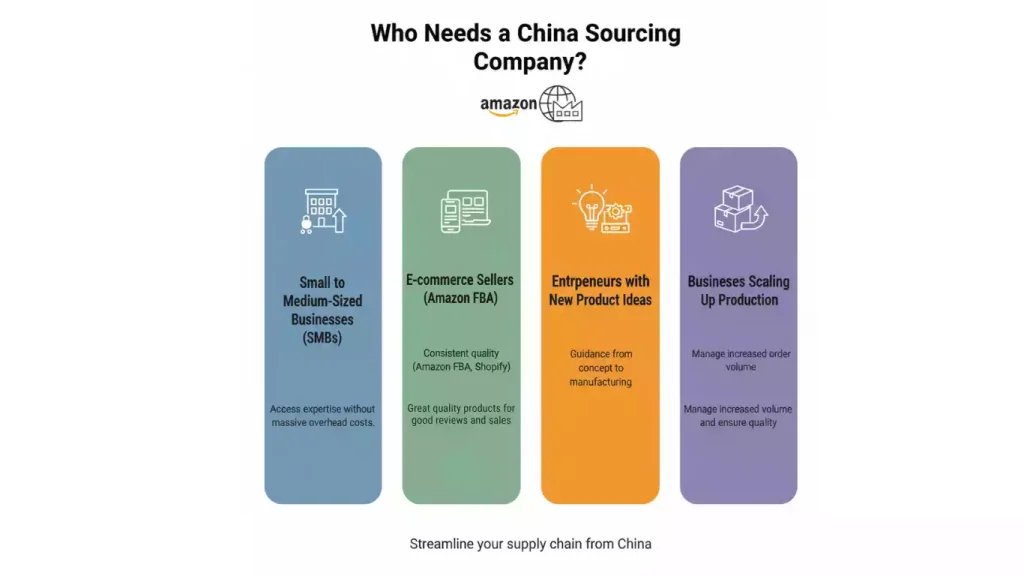
Amazon is no longer just an e-commerce site; it is a competitive battlefield. For millions of sellers, the single most important tool for survival and growth is Amazon’s advertising platform, known as Pay-Per-Click (PPC). Without a smart ad strategy, even the best products can get buried on page 20.
When sellers first enter this world, they are met with a flood of options. But the two foundational pillars of Amazon advertising are Sponsored Products and Sponsored Brands.
These two Amazon ad types look different, serve different purposes, and target customers at different stages of their buying journey. Understanding the difference is not just technical; it is the most important strategic decision an Amazon seller can make.
This guide will break down the exact differences between Amazon sponsored products vs sponsored brands, helping you understand what they are, when to use them, and how to build a powerful PPC strategy.
Before we compare, let’s define the system. “PPC” stands for Pay-Per-Click. This means you, the seller, only pay a fee when a shopper actually clicks on your ad. You are not paying for your ad to simply be shown (that’s a different model).
Amazon PPC is an auction-based system. You tell Amazon the maximum amount you are willing to pay for a click on a specific keyword (e.g., “red yoga mat”). Amazon then combines your bid with your product’s relevancy to determine who wins the ad placement. Sponsored Products and Sponsored Brands are the two main campaign types within this system.

Amazon Sponsored Products are the workhorses of the Amazon advertising world. They are the most common ad type you will see, and for most sellers, they are the starting point and the primary driver of sales.
Sponsored Product ads look almost identical to regular, organic search results. The only difference is a small, gray “Sponsored” tag. This native look is their greatest strength, as many shoppers do not even distinguish them from organic listings.
You will find SP ads in two main places:
The goal of a Sponsored Products campaign is simple: conversion. They are a bottom-of-the-funnel ad type. You are targeting a customer who has a high intent to buy right now.
When a shopper clicks an SP ad, they are taken directly to that single product’s detail page. The entire ad is designed to get a click and make a sale. This makes them the single best tool for launching a new product, clearing out inventory, or targeting a competitor.

Setting up an SP campaign is straightforward and does not require Brand Registry. You have two main targeting options:
You let Amazon scan your product listing and automatically decide which keywords to show your ad for. This is great for beginners and for “harvesting” new, high-converting keywords you may not have thought of.
You have full control. You build a list of keywords (broad, phrase, or exact match) and set specific bids for each. You can also target specific ASINs (Amazon Standard Identification Numbers), which is how you get your ad onto a competitor’s page.
If Sponsored Products are the workhorses, Sponsored Brands are the “brand builders.” This ad type is not just about a single sale; it is about introducing your entire brand to a customer.
Sponsored Brands are the large, customizable banner ads you see at the very top of the search results page. They are much larger and more visual than SP ads.
A standard Sponsored Brands ad features your brand’s logo, a custom headline, and three of your products. When a shopper clicks the logo or headline, they are taken to your Amazon Brand Store or a custom landing page. If they click one of the products, they are taken to that product’s page.
Requirement:
To use Sponsored Brands, you must be enrolled in the Amazon Brand Registry.
Sponsored Brands are a top-of-the-funnel ad type. Their goal is awareness, discovery, and consideration. You are targeting a customer who is just starting their search and may not know who you are.
The custom headline (“Shop Our New 2025 Yoga Collection”) and multi-product display allow you to tell a story. You are not just selling a “red yoga mat”; you are selling the “Active-Life” brand that offers mats, blocks, and straps. This is how you build long-term brand loyalty.
A popular and highly effective version of this ad type is Sponsored Brands Video. This format replaces the static banner with a 15-30 second video that autoplays on mute.
This is the most eye-catching ad on Amazon. It allows you to demonstrate your product, build an emotional connection, and stand out dramatically from the competition. It is a powerful tool for brands that have a compelling story to tell.
The best way to understand the strategic difference is to see them side-by-side. This is the core of the Amazon sponsored products vs sponsored brands debate.
Feature | Sponsored Products (SP) | Sponsored Brands (SB) |
Primary Goal | Direct Sales & Conversion | Brand Awareness & Discovery |
Ad Placement | Search results (top, middle, bottom), Product Detail Pages | Top-of-search (banner), Video placements |
Visual Format | Single product listing (looks native) | Custom headline, logo, multiple products, video |
Requirement | Any seller | Must be Brand Registered |
Targeting | Auto & Manual Keywords, Products (ASINs) | Keywords, Products, Categories |
Click Destination | A single Product Detail Page | Brand Store, Custom Page, or Product List |
Funnel Stage | Bottom-of-Funnel (High intent to buy) | Top/Middle-of-Funnel (Discovery) |
Best For… | Immediate ROI, new product launch, competitor targeting | Building loyalty, driving store traffic, and brand storytelling |
Now for the practical application. Your choice depends entirely on your goals, your budget, and your brand’s maturity.
You want to target competitors. The ability to place your ad on a competitor’s product page (via ASIN targeting) is a key SP strategy.

So, is hiring a China sourcing company right for you? Here’s a look at who benefits the most:
The smartest sellers know this is not a true “vs.” debate. The real answer to amazon ppc campaigns explained is to use both SP and SB in a coordinated, full-funnel strategy.
Here is how they work together:
A customer searches for “running shoes.” They see your Sponsored Brands Video ad at the top. It’s eye-catching and introduces them to your brand, “SpeedStep.” They are impressed but not ready to buy.
Later, the customer searches again, this time for “men’s trail running shoes.” They see your Sponsored Brands banner ad showing your logo and three different trail models. They click your logo and browse your Brand Store.
They are now deciding between your shoe and a competitor’s. They go to your competitor’s product page to compare. On that page, they see your Sponsored Products ad for your exact trail shoe, reminding them of your brand. They click it and make the purchase.
Not all sourcing companies are the same. When you’re looking for the right partner, consider these points:
How long have they been in business? Do they have good reviews or testimonials? Ask for references if you can. Experience means they’ve learned lessons and built strong relationships.
Can they communicate clearly with you in your language? Do they respond quickly? Good communication is key to avoiding problems.
How do they charge? Is it a flat fee per order, a percentage of the product cost, or something else? Make sure it’s clear and you understand all the costs involved.
What are the steps they follow from finding a factory to shipping? A clear, detailed process shows they are organized and professional.
While many companies are general, some might have more experience with certain types of products (e.g., electronics, textiles). This can be a big plus.
Understanding Amazon sponsored products vs sponsored brands is fundamental to Amazon’s success. They are two different tools for two different jobs.
Sponsored Products are your scalpel. They are precise, data-driven, and designed for one purpose: to drive a sale right now.
Sponsored Brands are your billboard. They are big, visual, and designed to build your brand’s reputation and long-term customer loyalty.
New sellers should master Sponsored Products first. But established, Brand Registered sellers must use both. A strategy that combines the high-visibility awareness of Sponsored Brands with the high-conversion power of Sponsored Products will dominate the customer journey from first search to final click.
It is a program for sellers who own a trademark. It gives you access to tools that protect your brand and unlock features like Sponsored Brands and Brand Stores.
Sponsored Products can be cheaper per click, but this varies wildly. Clicks for top-of-search Sponsored Brands banners are expensive, but they are highly valuable.
Sponsored Products generally have a higher conversion rate because they are bottom-of-the-funnel. A click on an SP ad shows very high purchase intent.
Yes, and you absolutely should. Using both allows you to create a full-funnel strategy that targets customers at every stage of their shopping journey.
Sponsored Display is another one of the core Amazon ad types. It is different because it can show your ads both on and off Amazon (e.g., on third-party websites and apps).